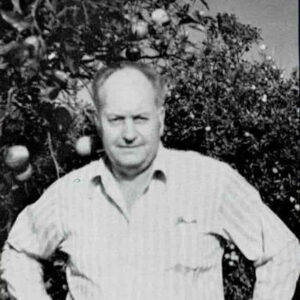 Clyde Crosley
Clyde Crosley
Race and Ethnicity: White - Starting with C
 Clyde Crosley
Clyde Crosley
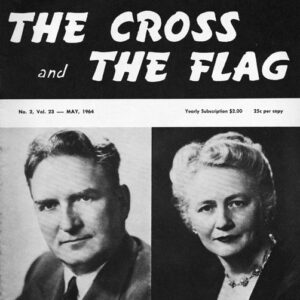 The Cross and the Flag
The Cross and the Flag
Cross Hollow (Camp)
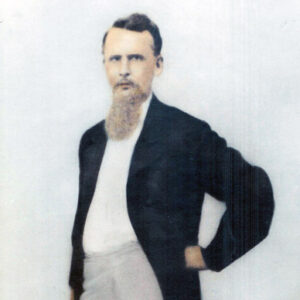 David Cross
David Cross
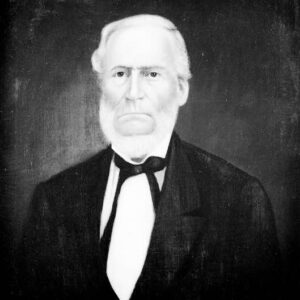 Edward Cross
Edward Cross
Cross, Edward
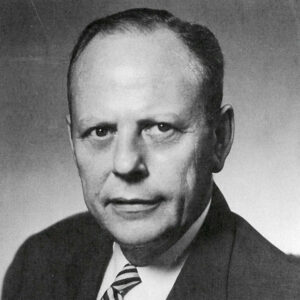 John Storrs Cross
John Storrs Cross
 John Storrs Cross
John Storrs Cross
 John Storrs Cross Tribute
John Storrs Cross Tribute
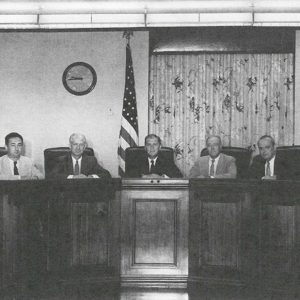 John Storrs Cross with FCC
John Storrs Cross with FCC
Cross, John Storrs
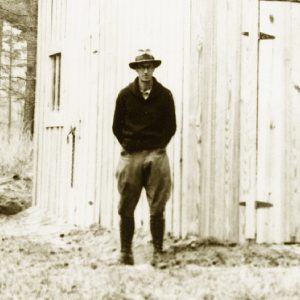 Russell Reynolds, Crossett Experimental Forest
Russell Reynolds, Crossett Experimental Forest
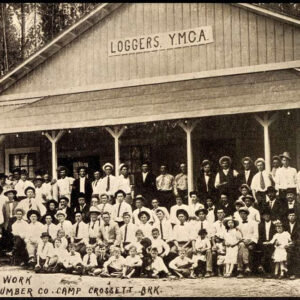 Crossett Loggers
Crossett Loggers
Crossett Lynching of 1904
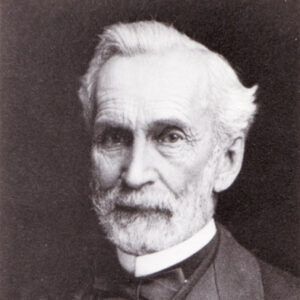 Edward Crossett
Edward Crossett
Crossett, Edward Savage
Crow, Charles Patrick (Pat)
 J. J. Crow Family
J. J. Crow Family
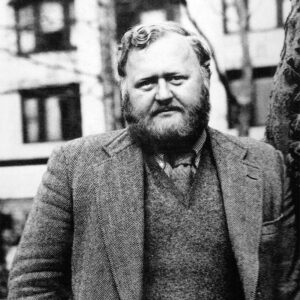 Pat Crow
Pat Crow
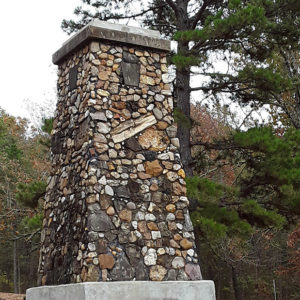 Crowley Monument
Crowley Monument
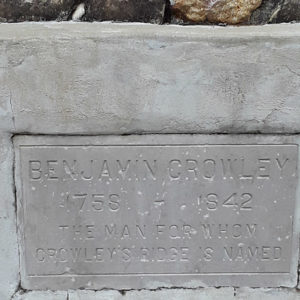 Crowley Monument Detail
Crowley Monument Detail
Crowley, Benjamin
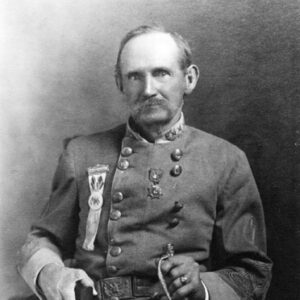 Benjamin Crowley
Benjamin Crowley
Crownover (Lynching of)
 Andy Crum
Andy Crum
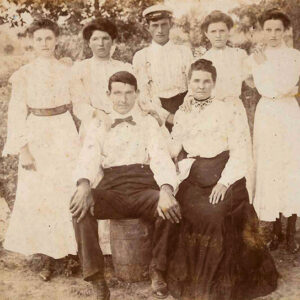 Andy Crum
Andy Crum
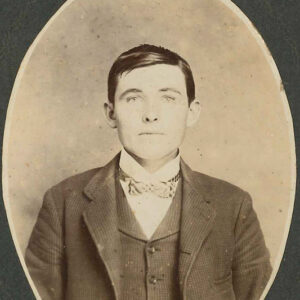 Andy Crum
Andy Crum
 Patsy Crum at 1979-80 Constitutional Convention
Patsy Crum at 1979-80 Constitutional Convention
Crumpler, Denver Dale
Cude v. State
 The Culls
The Culls
Cummins Prison Break of 1940
Cunningham, Charles E.
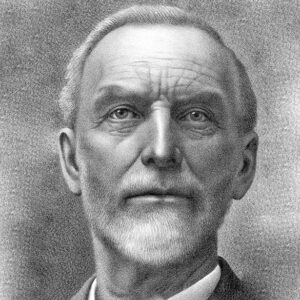 Charles E. Cunningham
Charles E. Cunningham
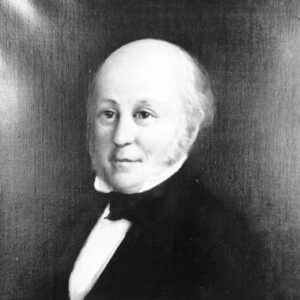 Matthew Cunningham
Matthew Cunningham
Curtis, Dorris Lafferty
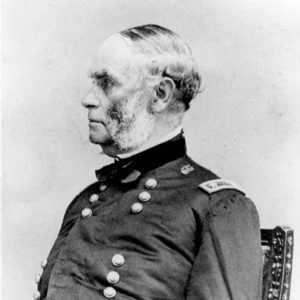 Samuel Curtis
Samuel Curtis
 Samuel Curtis
Samuel Curtis




